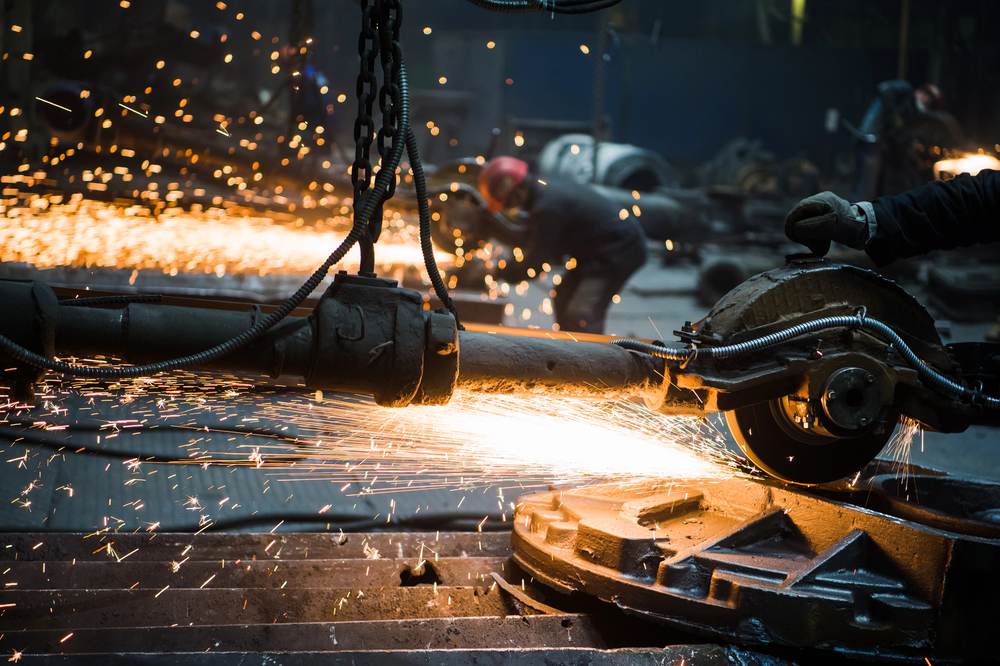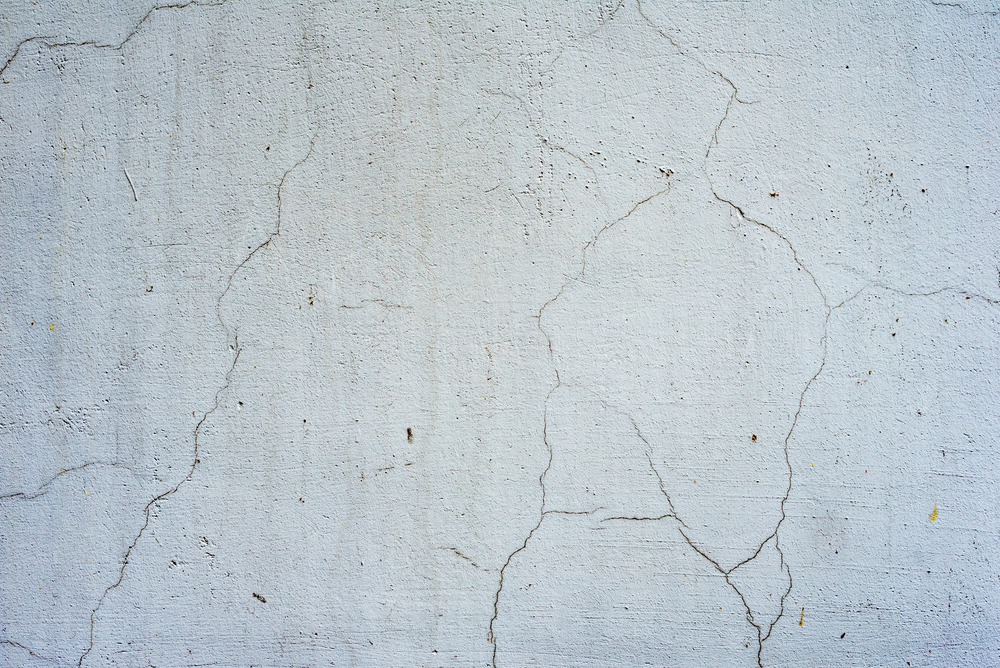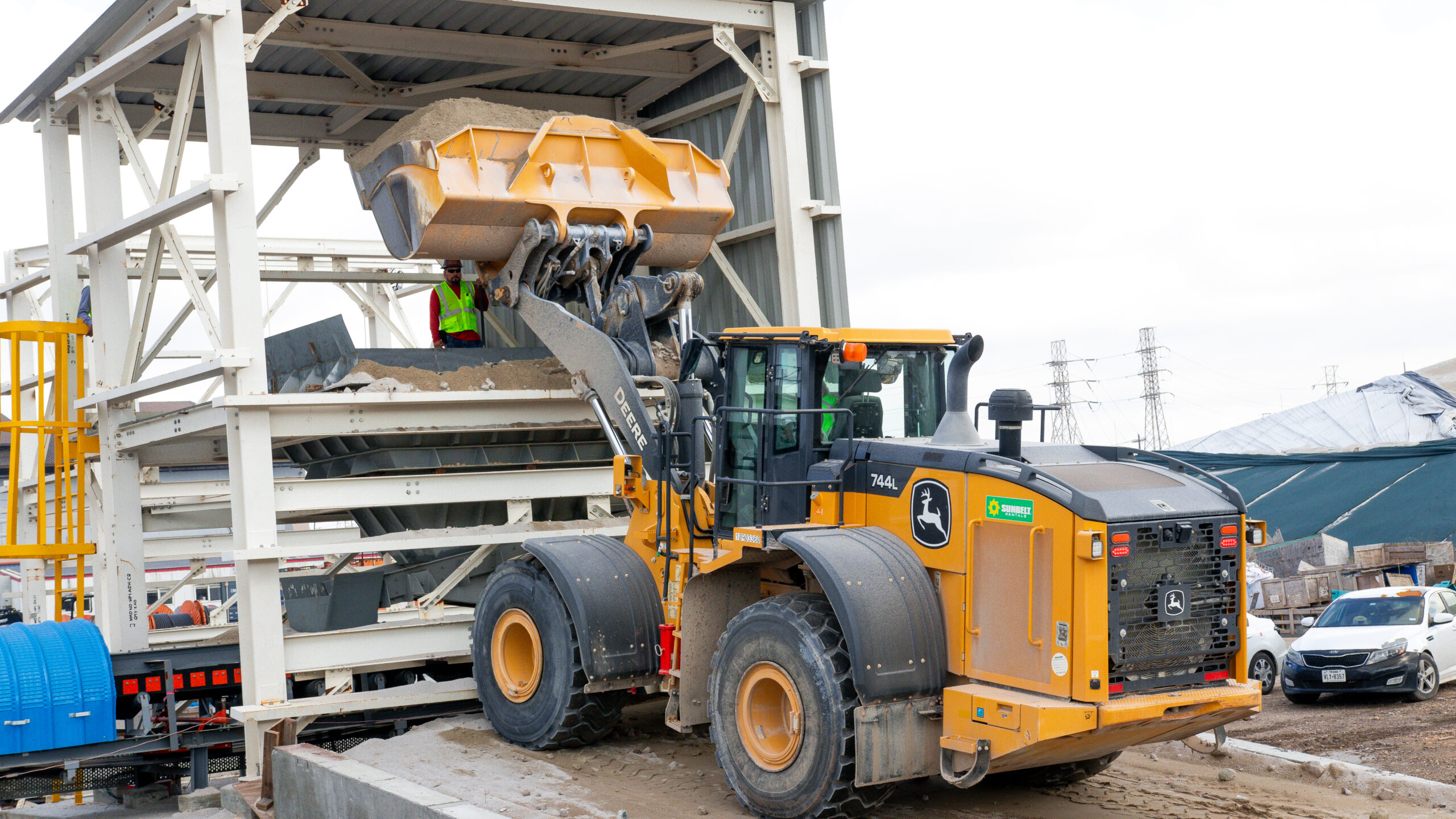Stronger, Durable, and Eco-Friendly
In the ever-evolving construction industry, the demand for materials that offer superior strength, durability, and sustainability is paramount. Slag cement, a byproduct of iron production, has emerged as a key component in modern concrete mixtures, significantly enhancing both compressive and flexural strength. This advancement not only meets stringent safety standards but also provides engineers and builders with the flexibility to design more efficient and long-lasting structures.
Understanding Slag Cement’s Role in Strength Enhancement
The incorporation of slag cement into concrete mixtures initiates a pozzolanic reaction, where slag reacts with calcium hydroxide (Ca(OH)₂), a byproduct of cement hydration, to form additional calcium silicate hydrate (C-S-H). C-S-H is the primary compound responsible for the strength and cohesion in concrete. By increasing the amount of C-S-H, slag cement densifies the concrete matrix, leading to improved mechanical properties.
This process not only enhances the compressive strength, which is the concrete’s ability to withstand axial loads, but also improves flexural strength, allowing the concrete to resist bending and tensile stresses. Typically, concrete mixtures with slag cement content ranging from 25% to 50% exhibit significant strength gains over time, surpassing traditional portland cement mixtures.
For a detailed exploration of how slag enhances concrete performance, refer to The Science Behind Slag and Structural Integrity.
Key Benefits of Enhanced Strength with Slag Cement
- Improved Safety: Higher compressive and flexural strengths ensure that concrete structures can safely withstand greater loads and external stresses, leading to safer and more resilient buildings.
- Greater Reliability: Stronger concrete results in more durable structures, lowering the likelihood of failure and enhancing reliability for critical infrastructure projects.
- Optimized Design: The increased strength allows engineers to design lighter, thinner structural elements, reducing dead load and maximizing usable space, particularly beneficial in large-scale construction.
- Optimized Mix Designs: Slag cement helps create concrete with less shrinkage, lower heat of hydration, and reduced curling, resulting in more stable, manageable mixtures that are easier to work with.
- Reduced Life Cycle Costs: With extended service life and lower maintenance requirements, structures built using slag cement offer long-term savings. These structures can also handle increased traffic and load demands over time, contributing to their longevity and durability.
Applications in Modern Construction
The enhanced strength properties of slag cement make it an ideal choice for various construction applications:
- High-Rise Buildings: The increased strength allows for the design of slimmer structural elements, maximizing floor space and reducing material usage.
- Bridges and Overpasses: Structures benefit from the improved load-bearing capacity and durability, essential for long-term performance.
- Industrial Floors and Pavements: Enhanced flexural strength ensures resistance to heavy loads and minimizes cracking.
- Marine Structures: Improved durability and resistance to aggressive environments make slag cement ideal for coastal and offshore constructions.
For insights into the types of supplementary cementitious materials used in various concrete applications, visit Types of Supplementary Cementitious Material Used in Concrete.
Environmental and Economic Advantages
Beyond mechanical enhancements, slag cement contributes to environmental sustainability and economic efficiency:
- Reduced Carbon Footprint: By replacing a portion of portland cement with slag, CO₂ emissions associated with cement production are significantly lowered.
- Energy Efficiency: The production of slag cement consumes less energy compared to traditional cement manufacturing processes.
- Cost Savings: The extended service life and reduced maintenance needs of structures built with slag cement translate to long-term economic benefits.
For a comprehensive understanding of how slag cement contributes to sustainable construction practices, explore Sustainable Construction Materials.
Integrating Slag into Concrete Mixes
The integration of slag cement into concrete mixtures offers a multifaceted approach to enhancing structural performance. By improving both compressive and flexural strengths, slag cement not only meets the rigorous demands of modern construction but also promotes sustainability and economic efficiency. As the industry continues to evolve, the adoption of slag cement stands as a testament to innovative practices that prioritize strength, durability, and environmental responsibility.




